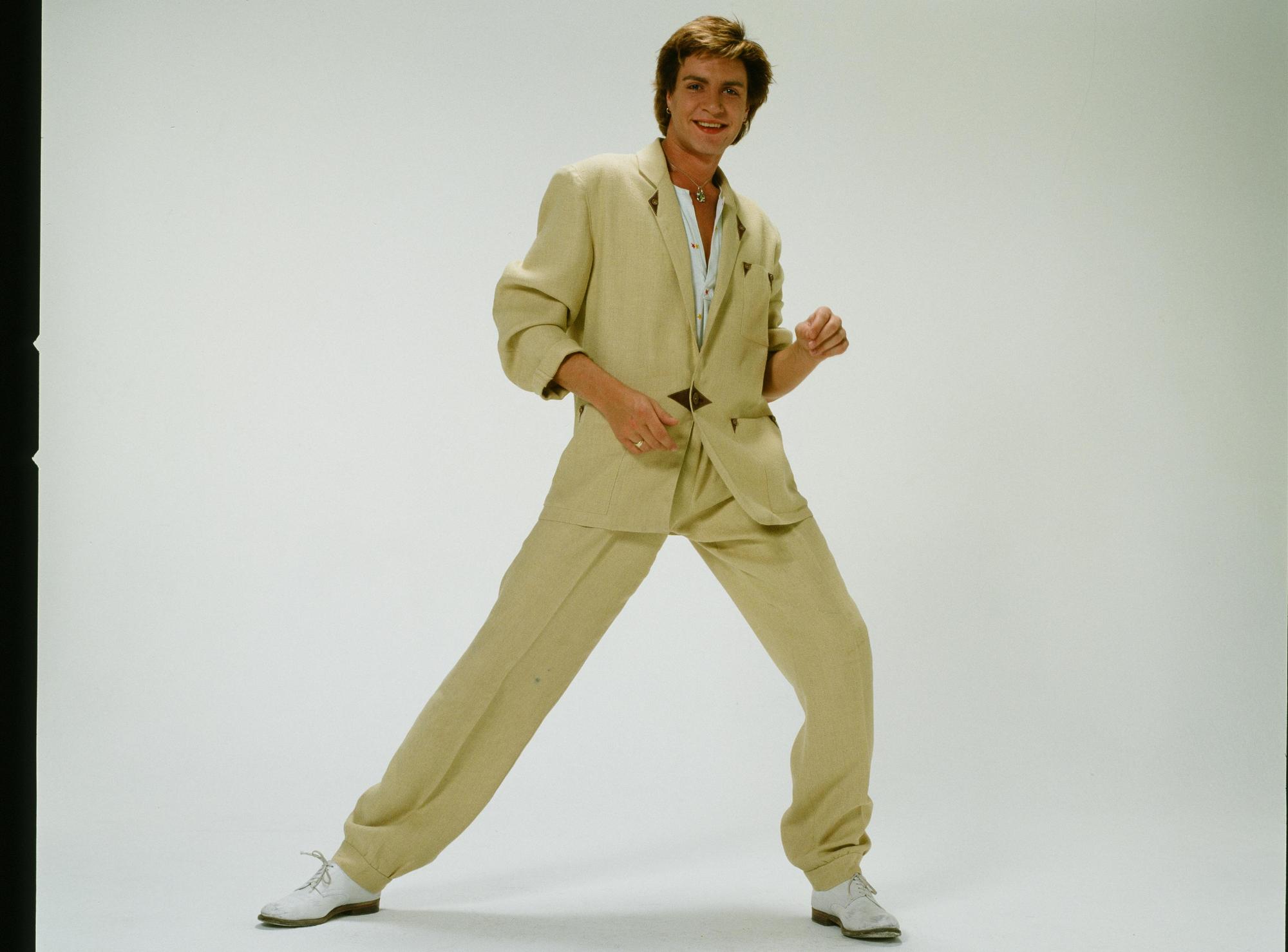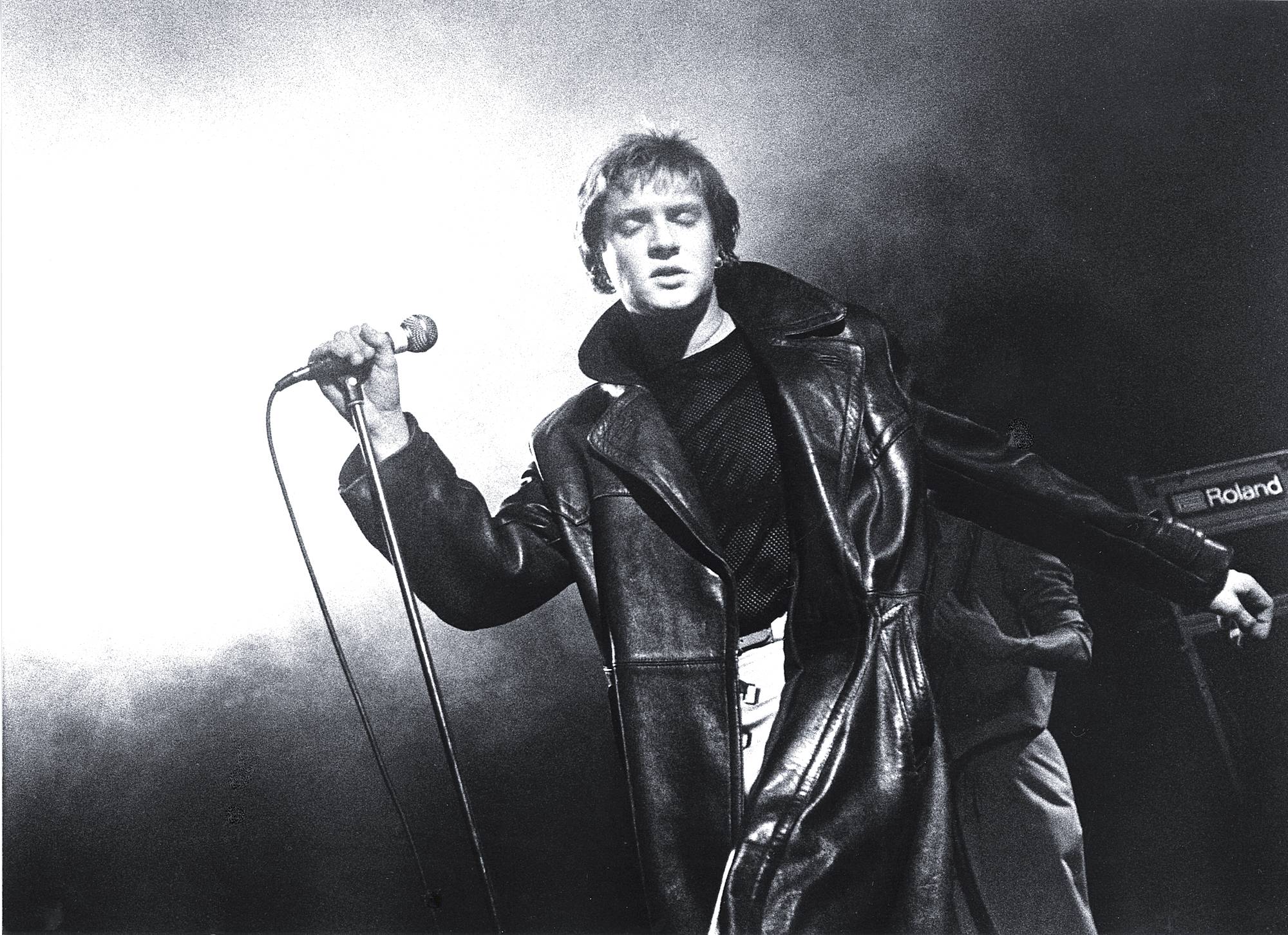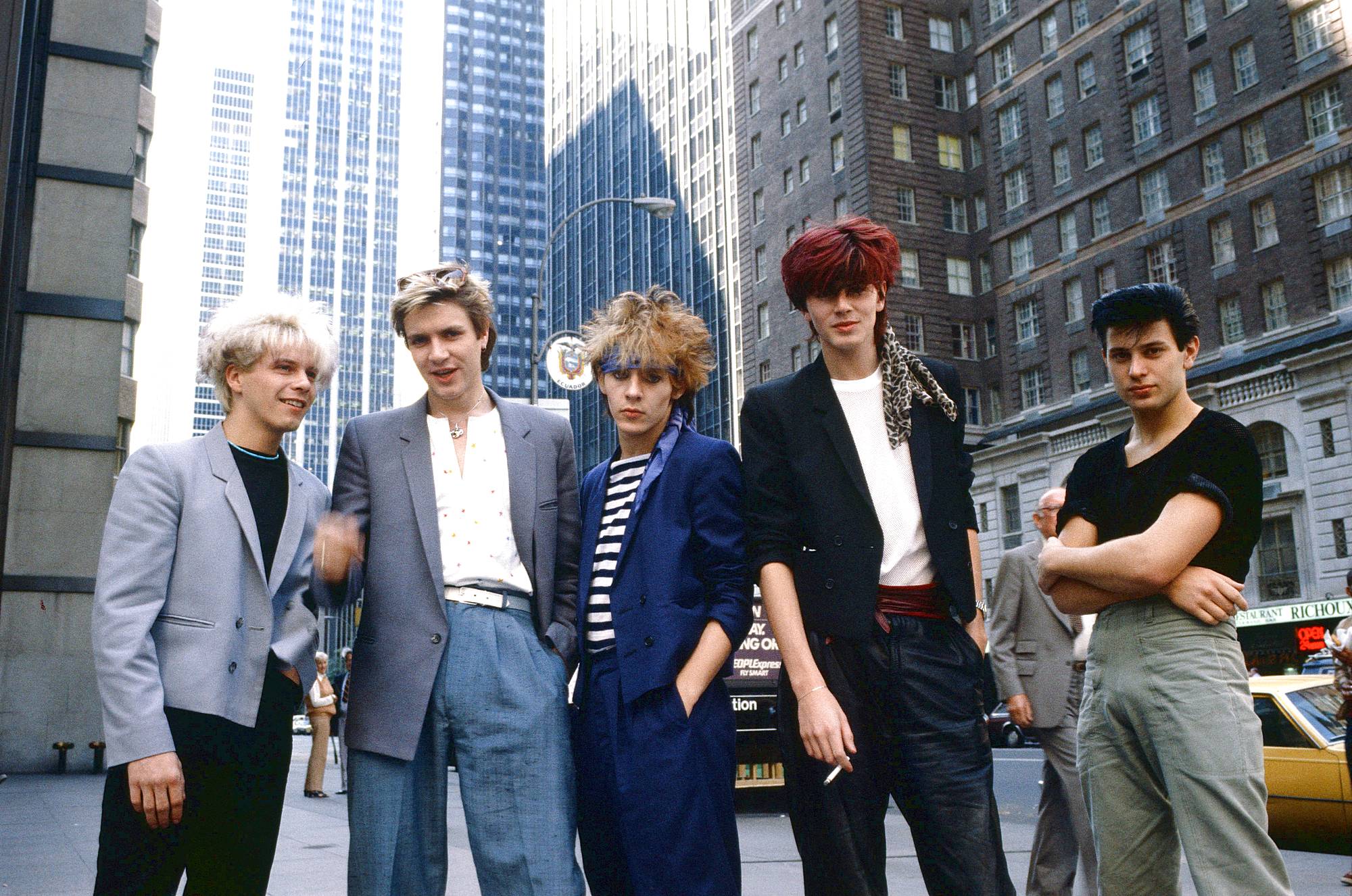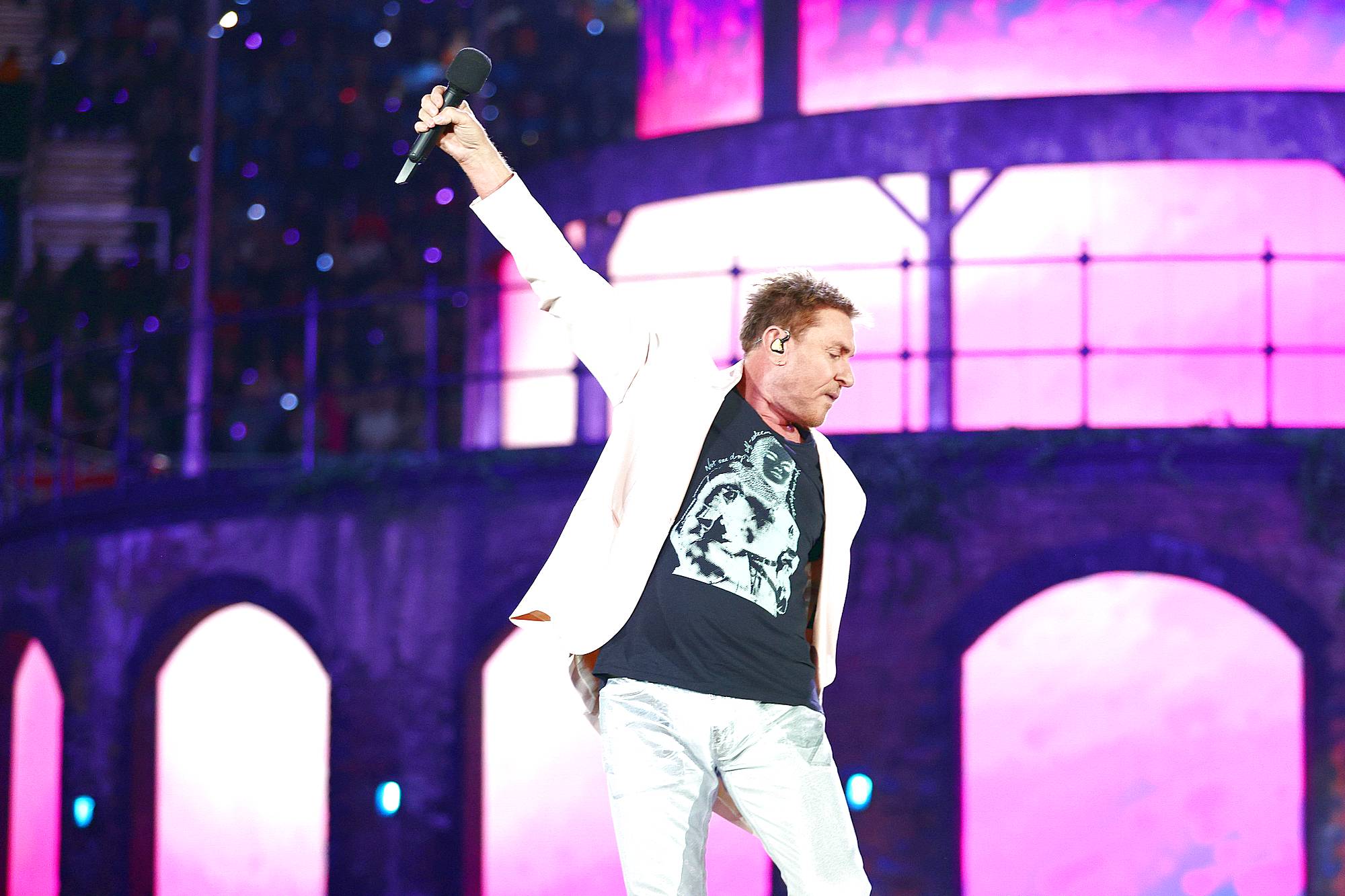In Conversation with:
Lunar takes us behind the scenes of Simon Le Bon's rich career
Vogue Adria
April 23, 2024


Vogue Adria
April 23, 2024
One of the greatest pop bands of all time, Duran Duran, has planned its return to Croatia seven years after a sold-out concert at Zagreb’s Šalata stadium. The new performance is scheduled at, dare we say, perhaps the most beautiful concert venue in this part of Europe. The two-thousand-year-old amphitheater in Pula, on July 30th, will be the stage where Duran Duran will recall a timeless collection of their hits. Their sound combines elements of pop, rock, disco, funk, and electronica, they brought countless innovations to the music of that era and continue to develop it to this day, through the 18 albums released so far in 40 years. A series of big hits over time marked their career; songs like Hungry Like the Wolf, Rio, Girls on Film, The Reflex, and Ordinary World left a deep and lasting mark on music history. The members of the band, especially frontman Simon Le Bon, have become style icons with their outfits and glamorous looks that they still maintain today, especially for performances. Style and image are just as important to them as music, and it is precisely because of this that the significant influence of Duran Duran aesthetics can be felt in both fashion and popular culture all these years and decades. But it will also be a great opportunity to hear the new album Danse Macabre by this band, which has retained its authenticity and distinctive image and sound to this day.
On the occasion of their arrival, maybe the biggest fan of the band in Croatia, known to many as the street art artist Lunar, spoke with frontman Simon Le Bon. There are many anecdotes, interesting facts, and stories related to the band and Simon Le Bon, from the beginnings in the iconic nightclub Rum Runner, friendship with David Bowie, to how they hired artists for their iconic album covers to the so-called rivalries with other bands (was it a story for the media or not?), and Lunar had an interest conversation about it with Simon Le Bon. Where the conversation took them all, read below.

Simon Le Bon: What is your name?
Lunar: My name is Slaven, but my stage name is Lunar, everyone knows me by it.
Simon Le Bon: Cool. What are you interested in?
Lunar: What can you tell me that you haven’t told anyone before.
Simon Le Bon: It should be something very rare, exceptional…
Lunar: – Rum Runner – Which of you Birmingham lads were the first to be approached by Brothers Paul and Michael Berrow or contacted by the club? It seems like the perfect way to start a gang or band, create long-lasting connections and really get to know each other by working side by side on various jobs within the club which may not always be the easiest? But I guess there was a lot of fun too… How do you look at it now, more than four decades later?
Simon Le Bon: I grew up in the town of Pinner and was not a Birmingham boy. Looking back on that period, I was lucky, those were really good days, good times. Everything was exciting, we were doing completely new things, I had never before experienced the life of a band that had the future ahead of it and was going places.
And that’s exactly what we felt, that the future is ahead of us. We were determined, confident and fearless. It was a wonderful, absolutely brilliant time, exciting for music in general. You know, before that, punk just started and kind of went in a different direction, but it’s forever remained a part of our past, a part of our history. And after punk came the so-called new wave.
It was about a new clear direction in music that gave birth to some of the best musicians, OK there were some bad and boring ones, but we won’t mention names. And some of us coming from punk wanted something more colorful, flamboyant, more fun.
So we created it ourselves. And you know, we were really part of that light, that neon of the eighties, so just look at our album covers from that time. The clothes we wore, how we were lit, everything… Look how the cover of the Rio album looks like. We embraced optimism, we were pure positivity. And that was the main difference between us and the rest of the scene. We wanted to make the world a better place.

Lunar: I think John Taylor mentioned in his book that back then guitars were more affordable, not to say cheap, in the sense that anyone could get them for their kids, but the synth was expensive and more inaccessible. And so you decided to take a step further, to enter that new wave world.
Simon Le Bon: Yes, if you could afford the cheapest synth. Yes of course. And the cheapest was Wasp. It was black and yellow, like a wasp, as it was called. Regardless of how cheap it was, you could get a great sound with the Wasp synth, Nick created great sounds. And as we started making money, we started buying more expensive synths.
Lunar: That defined your sound, defined you as a group, as a band, back then in 1980. You were different, you sounded very modern. How connected were you? Associated with OMD, Sheffield Boys, Human League, Heaven 17…?
Simon Le Bon: if we wanted to listen to them, we went to a concert. We also had friends in bands, we hung out with Classics Nouveau and Thompson Twins. Yes, they were our best friends back then. But we got older, and after ten years there weren’t many such bands left, and then we hung out with Depeche Mode and U2. And Spandau Ballet. Although we were, as rivals. That was the story for the media, but privately we were actually very good friends. Actually, I was hanging out with Gary last night, we even sang a song together.
Lunar: Yes, I saw the picture, Gary Kemp put it on Instagram and Duran Duran on Facebook. That’s really nice to see.
Simon Le Bon: Yes, the older you are, the more self-confident and confident you are in yourself as a musician, in yourself as a person, and others start to respect you, and friendships develop. I had a really nice friendship with David Bowie that I’m even proud of. It felt so good to call him a friend.

Lunar: Let’s jump back to the art, to the album covers. How do you choose artists for album covers? I am especially interested in how and who designed the LP covers, like Patrick Nagel for the Rio album, the collaboration with Tony Viramontes, Violeta Sanchez for the band Arcadia, your side project.
Simon Le Bon: Nigel is responsible for choosing artists, designers. The Rio album cover is really epic, revolutionary, iconic. The visual of the 80s is recognizable. There was also the artist Dougie Fields and the band The Motels. He designed the visuals for their first album, and we wanted exactly that look, that style. That vibe suited us, we wanted something modern, more fashion. That the whole image is underlined by youthful energy and muted sexiness. We wanted the look to turn you on, but in a refined, elegant way.
Lunar: How did you feel when Bob or Midge Ure approached you?
Simon Le Bon: Bob Geldof called. Yes, I got that call. The first thing he asked me was if I had seen what was happening in Ethiopia. I told him I didn’t. I was traveling a lot at the time and didn’t have time to get information. He said that we have to do something about it and proposed the idea of getting us all together to make a record. I immediately agreed. I always liked Bob. He always supported us and was always kind of friendly. And I felt that he had a good heart, that he was not out of place. He later admitted to me that he thought that if he got me, Simon Le Bon and Sting to agree, then everyone else would agree. And so it was.

Lunar: How long did you have the studio at your disposal? Half the time you were there just hanging out, and half the time Bob was producing?
Simon Le Bon: That’s exactly how it was. And it was great. The energy was indescribable and at the same time tangible, contagious.
Lunar: What was the crucial moment when you started mixing your style with others? I assume that by working with a large number of other musicians, you created different chemistry and that it must have had an effect on you.
Simon Le Bon: There are no rules and there is no such moment. We did A View to a Kill with John Barry. He is a musician of contemporary, serious classical music, we are pop musicians, and he took our music and made a new arrangement, he did not write new music. He took the existing and made classical music out of it, that was interesting. And it is interesting that we are coming to your amphitheater in Pula, it will be a great concert.
